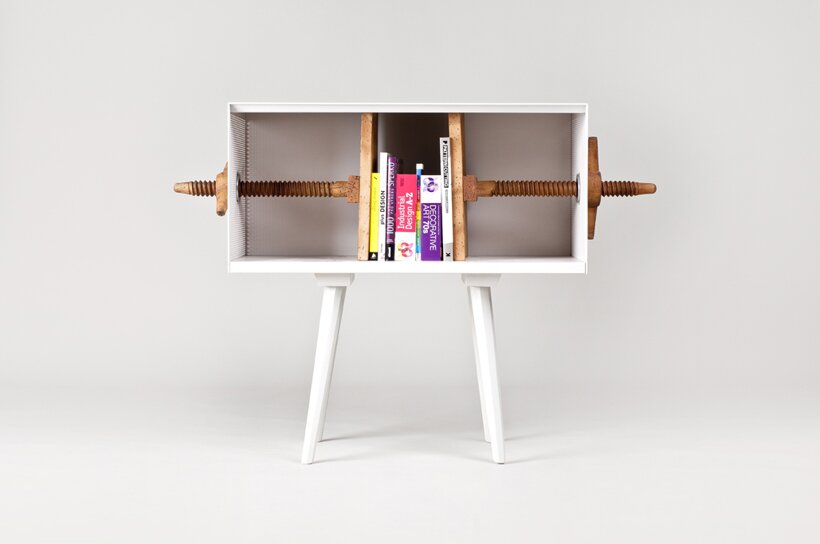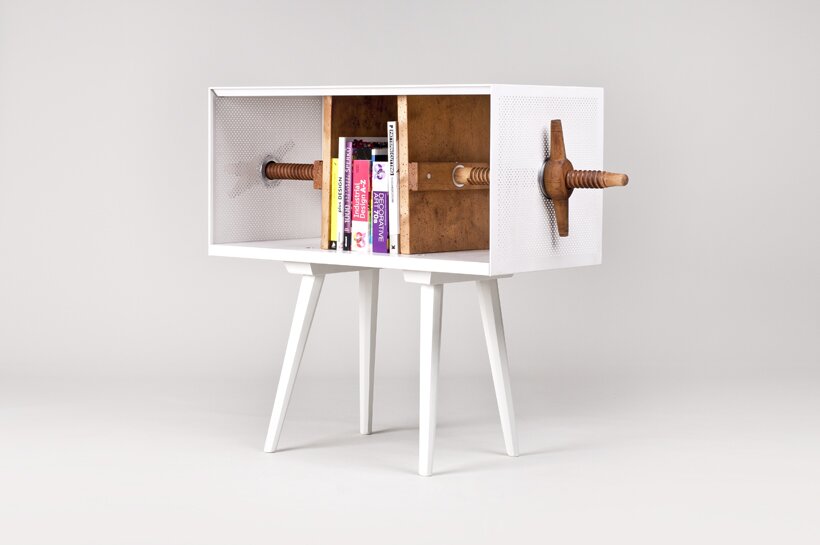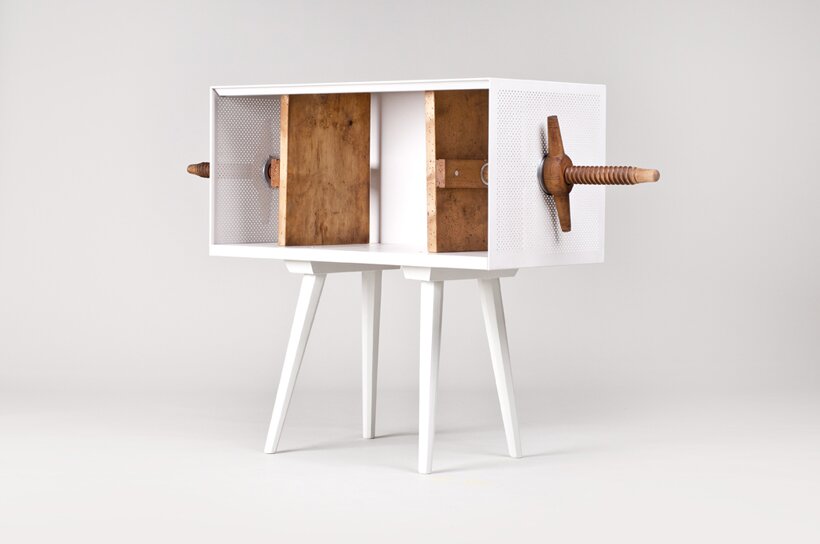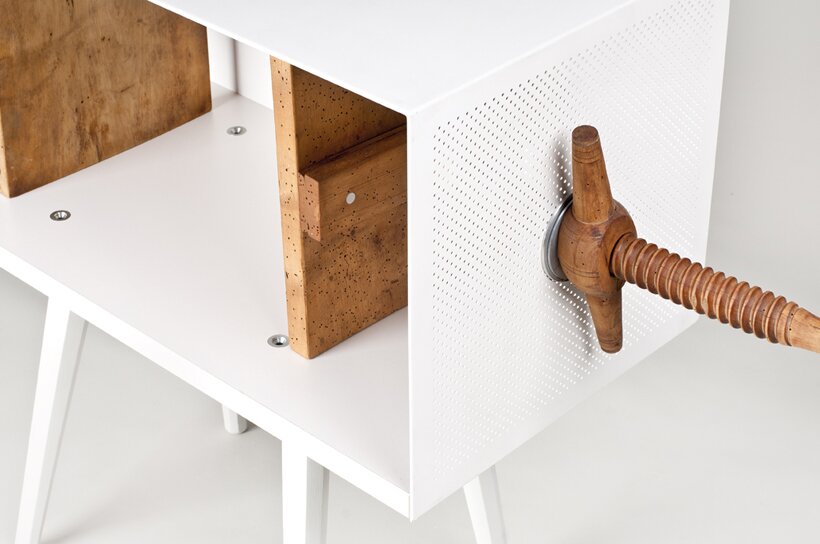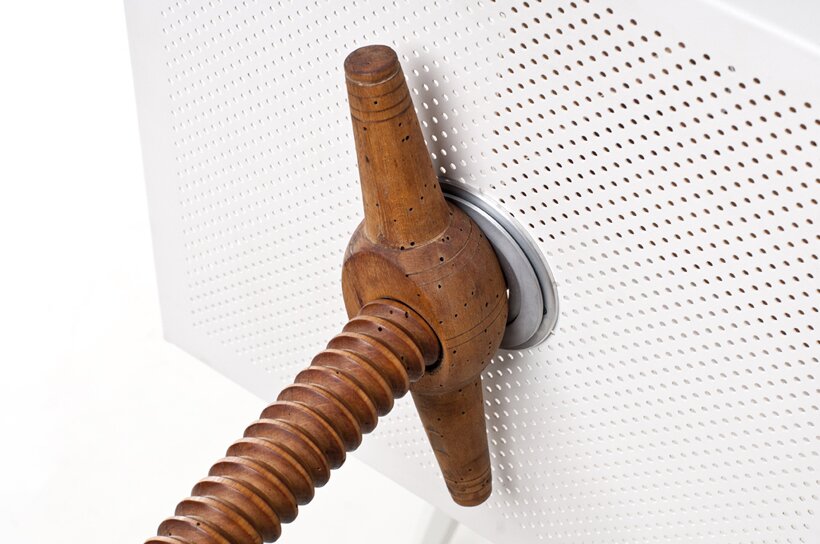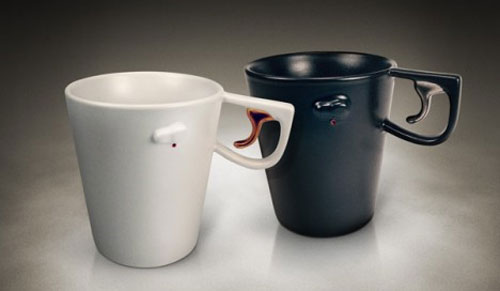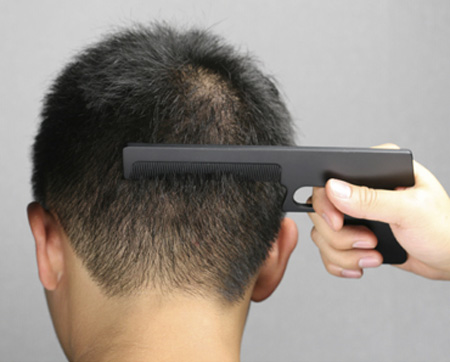CROWDFUNDING
Crowdfunding is the collection of finance from backers to fund an initiative and usually occurs on Internet platforms. The initiatives can be nonprofit campaigns, political campaigns, charity, commercial or a financial campaign for a startup company. The crowdfunding has three parts - the people or organizations that propose an idea to be funded, the people who support the proposal, and the platform or organization which brings together the offerer and the crowd.
Types of crowdfunding:
Reward-based crowfunding
Equity-based crowfunding
Donation-based crowfunding
Credit-based crowfunding
History
Crowdfunding origins from larger concept of crowdsourcing, which idea is about individual reaching a goal by recveiving and leveraging small contributions from many parties. The first site using crowdfunding method was CyverBeg.com in 2004.
Earlier example of a non-digital crowdfunding was from 1884 for the pedestal of Statue of Liberty. More than 125 000 people contributed over 100 000 in six months.
Since 2009, the amount of money contributed to the projects have more than doubled each year. In 2012, more than 1 billion individual campaigns were established globally. Since 2013, there's an option to insert a fully functional crowdfunding service to a branded website. The crowdfunding as service platform is known as FundRazr.
A report from May 2014 shows that during March 2014, more than 60 000 dollars were raised on an hourly basis via global crowdfunding initiatives, and 442 campaigns were launched daily.
Kickstarter is one of the best known crowdfunding platforms. Some of the amazing fundings: musician Amanda Palmer managed to rize 1,2 million dollars in june 2012 to make a new album and art book; writer Zach Braff raised 3,1 million dollars in may 2013 to create a feature film Wish I Was Here, which premiered at the Sundance Film Festival; Kano technolofy company raised 1,5 million dollars in december 2013 to create a computer and coding kit for all ages, which kids will be able to use for learning computer coding.
Controversy
The people support some certain idea the offerer is proposing, but they don't really know what their money will be used for. For example, musician Palmer raised over million dollars, but invited other musicians to play on the stage with her for a warm hug, and no monetary compensation, because the fundraising project was for the studio album and videos etc. But in a week Palmer claimed that the management team had directed more money into tour budget, and the other musicians will be paid aswell.
Benefits and risks
- Benefits for the creator
Crowdfunding campaigns provide producers with a number of benefits, beyond the strict financial gains. The following are non financial benefits of crowdfunding. Some of the benefits would be: a compelling project can raise a producer's profile and provide a boost to their reputation; in either successful or unsuccessful campaign, the platform offers good marketing - project initiators can show there is an audience and market for their project, or they get good feedback about the product; crowd funding creates a forum where project initiators can engage with their audiences and keep them updated about how work is going; offering pre-release access to content or the opportunity to beta-test content to project backers as a part of the funding incentives provides the project initiators with instant access to good market testing feedback.
The proponents claim that crowdfunding lets good ideas, which don't fit into the pattern required by typical financiers to break through and attract cash through preferance of the crowd. If the needed fund is raised, the enterprises can feel secure about beginning the project, as the initial seed funding exists along with the consumers, who also grant word to mouth promotion of the project. Another effect is that groups produce quite accurate prediction about market outcomes, placing financial backing behind ventures likely to succeed.
The proponents claim that crowdfunding lets good ideas, which don't fit into the pattern required by typical financiers to break through and attract cash through preferance of the crowd. If the needed fund is raised, the enterprises can feel secure about beginning the project, as the initial seed funding exists along with the consumers, who also grant word to mouth promotion of the project. Another effect is that groups produce quite accurate prediction about market outcomes, placing financial backing behind ventures likely to succeed.
Supporters of crowdfunding say that with the activity, the outcome of funding can be increased much higher, which would turn into available venture capital. Another benefit of the crowdfunding is that the companies recieving the funding stay in control of their operations, as voting rights and ownership doesn't change with crowdfunding.
Crowdfunding also comes with some potential risks:
- failure to meet campaign goals or to generate interest result in a public failure. Reaching financial goals and successfully gathering substantial public support but being unable to deliver on a project for some reason can severely negatively impact ones reputation;
- many Interactive Digital Media developers and content producers are reluctant to publicly announce the details of a project before production due to concerns about idea theft and protecting their IP from plagiarism;
- there is a risk that if the same network of supporters is reached out to multiple times, that network will eventually cease to supply necessary support;
- concern among supporters that without a regulatory framework, the likelihood of a scam of abuse of funds is high. The concern may become a barrier to public engagement;
- crowdfunding draws a crowd: investors and other interested observers who follow the progress, or lack of progress, of a project. Sometimes it proves easier to raise the money for a project than to make the project a success. Managing communications with a large number of possibly disappointed investors and supporters can be a substantial, and potentially diverting, task.
- Risks and barriers for the creator
Crowdfunding also comes with some potential risks:
- failure to meet campaign goals or to generate interest result in a public failure. Reaching financial goals and successfully gathering substantial public support but being unable to deliver on a project for some reason can severely negatively impact ones reputation;
- many Interactive Digital Media developers and content producers are reluctant to publicly announce the details of a project before production due to concerns about idea theft and protecting their IP from plagiarism;
- there is a risk that if the same network of supporters is reached out to multiple times, that network will eventually cease to supply necessary support;
- concern among supporters that without a regulatory framework, the likelihood of a scam of abuse of funds is high. The concern may become a barrier to public engagement;
- crowdfunding draws a crowd: investors and other interested observers who follow the progress, or lack of progress, of a project. Sometimes it proves easier to raise the money for a project than to make the project a success. Managing communications with a large number of possibly disappointed investors and supporters can be a substantial, and potentially diverting, task.
Currently one of the main chat topics concerning crowdfunded projects:
Solar roadways - the developer/designer/engineer behind the work is claiming that if all the asphalt in US would be replaced with these solar panels, the country would produce triple the amount of energy needed, and it would be green and cheap!
Explanatory video from the developers:

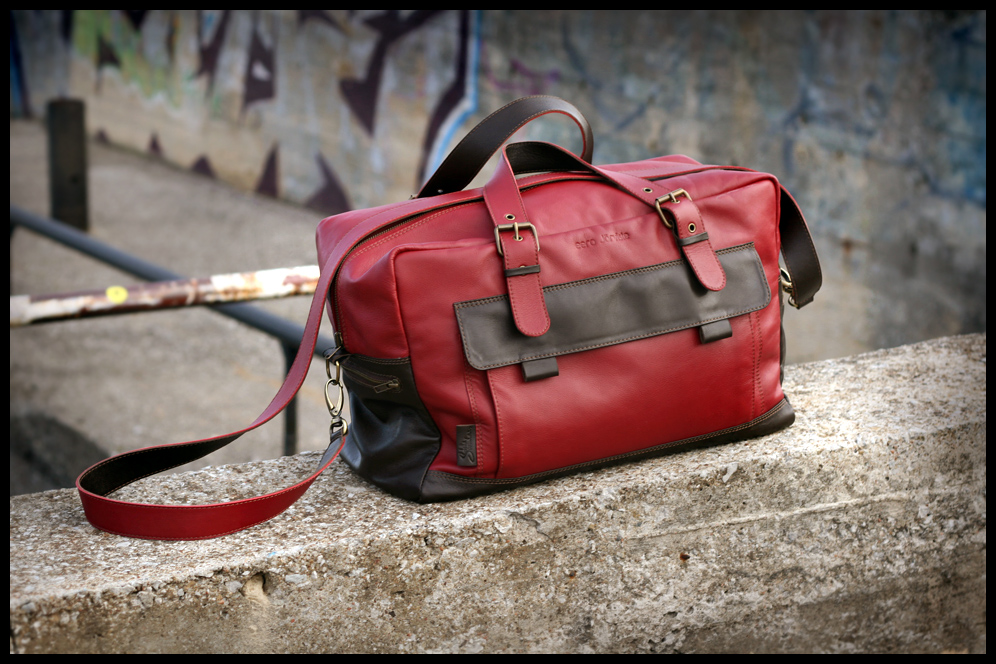





.jpg)







